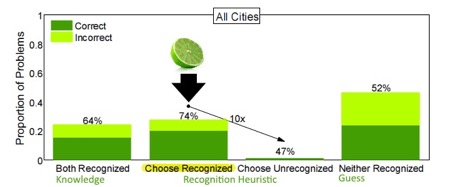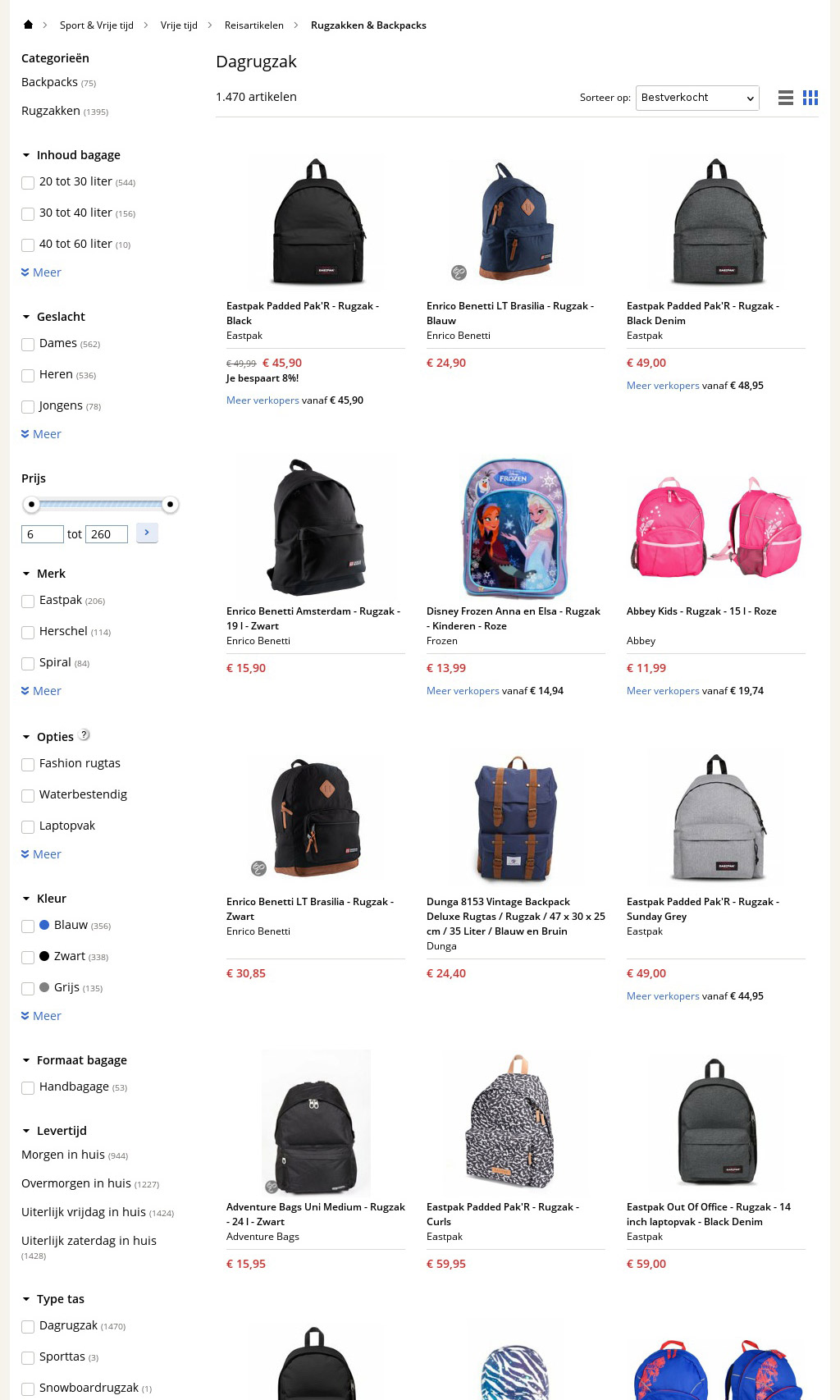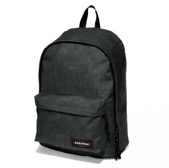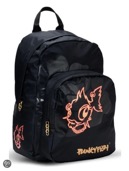When life gives you LIME(s), you better recognize
Relevant topics Archive, Conversion
Which brand of cola would you rather drink: Pepsi Cola or Mila Cola? My guess is that you’d prefer to quench your thirst with Pepsi Cola. How appealing is Pepsi? You’ve probably never even heard of Mila Cola. In fact, I made that brand up.
Now let’s take a step back in time and imagine a choice between Pepsi Cola and Coca Cola. How appealing is Pepsi now? Chances are the appeal of the brand took a dive when the choice context changed.
This example illustrates the Less is More Effect (LIME): people tend to make better and quicker decisions when they have limited knowledge of one option. When there are two alternatives to choose from, people will choose the one they recognize (the recognition effect). Interestingly, this recognition effect often leads to better decisions than when people try to make a choice based on partial knowledge of both alternatives.
For instance, when you have to choose which one of two cities (e.g. Orewa or Gisborne) has the largest population, you will choose the city you recognize (Gisborne) and will be more likely to correctly choose the larger populated city (in this case also Gisborne) than people who actually know one or even both cities.
Life gives you LIME, then what?
The LIME and the adjacent recognition effect, explain how people perceive a well known brand differently when it’s accompanied by one or more unknown options. It offers some simple, yet powerful, techniques to increase sales in online as well as brick and mortar environments.

How to add (LIME) juice in your sales and marketing
The Less Is More Effect can mostly be used for conversion, to increase sales in your webshop for example. Let’s say you showcase an offer of two products from the same product-category in your webshop. One is a slightly unfamiliar brand, while the other is (more) broadly known. In most cases, consumers will recognize the familiar brand and choose, or purchase that brand. Importantly: the familiar brand is more appealing as compared to being offered in isolation. The familiar brand becomes extra likeable when surrounded by unfamiliar brands!
What else is behind this? Well, the more familiar brands have their own little place in people’s memory. If I ask you to think of a fast-food restaurant, you thought of McDonalds, right? The more accessible a brand is in the memory, the more likely it is to be chosen (i.e. consumer consideration set).
A key note: Less is more. So don’t overwhelm (potential) customers with numerous products to choose from. My personal godfather of consumer psychology, Barry Schwartz, explains that nowadays we have too many choices, too many decisions and too little time to do what’s really important. So if you want to make life a little easier for customers, present them with two articles to choose from: one with a familiar and one with an unfamiliar brand.
LIMEs in ecommerce
Let’s say you’re retailing backpacks. If you browse a product-category on a regular shopping website, the choice is overwhelming. An unclassified ambush of products hits your screen. Thereafter, you have to specify the characteristics of the desired product, in this case a backpack. What size do you want it in; which brands do you want to look at; do you want your backpack to be waterproof; what is your price-range? Without a selection, you’d have to manually go through 1.418 backpacks, and well, who would want that?

Feeling dizzy already? Luckily, this choice overload can be combated with the recognition effect as well. Instead of immediately showing the entire list of products, why not start with a header showcasing a selection of the most popular, recommended, new or otherwise noteworthy items? The LIME will make people favor this recognizable header of the full catalog, and will also smooth the sales flow if the header contains a familiar and unfamiliar brand.
Especially when product quality is hard to judge, it also helps when you alternate with famous and not-so-famous brands in the product catalog. Ideally, your ecommerce algorithm tries to place an unknown and a known brand next to each other. Let’s return to our backpack quest. After filling in your preferences for size, color and material, these options pop up:


Since people are more likely to recognize ‘Eastpack’ over ‘Funky Fish’, shoppers are also more likely to purchase Eastpack. The other backpacks can still be presented in a smaller manner below these starring items. That way the customer still feels like he is in control of the shopping experience.
Boundary conditions
For the LIME to work, consumers need to recognize one of the two brands. For the more obscure product categories, this calls for some simple market research to test brand familiarity. Remind yourself: your customer’s don’t have to actually know the brand to experience feelings of familiarity. It’s often enough to have seen or heard of it before. To stay in the realm of backpacks; does Fjällräven ring a bell?
As explained above, your customer has many choices to make before actually purchasing the product. Make their lives a little easier – and your shopping carts a little fuller – by using the power of simple choices.
Further Reading
-
To round or not to round
Pricing directly affects the consumer’s opinion about a product. A slight difference in price can have a major impact on how the consumer feels about buying - and even his or her opinion on the quality of - the product.
Now, let’s discover if, why and how you should change your prices.


